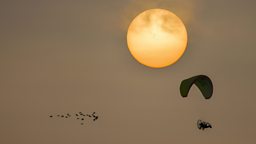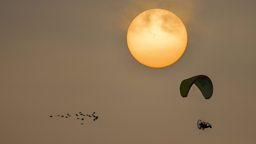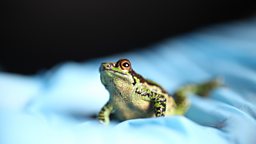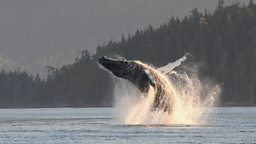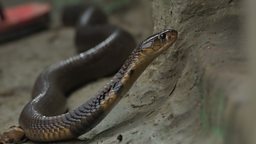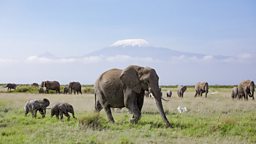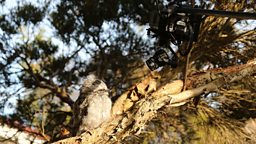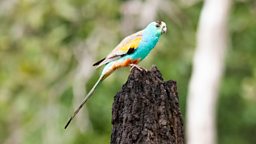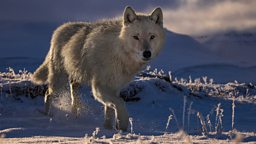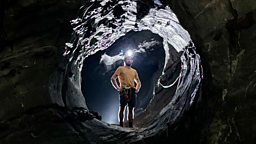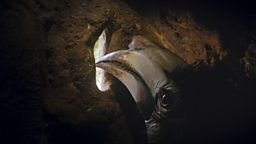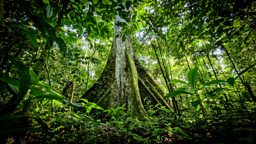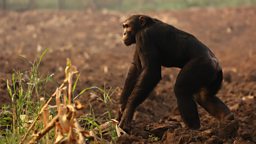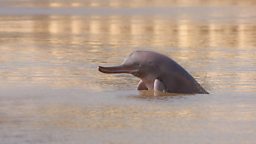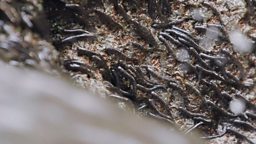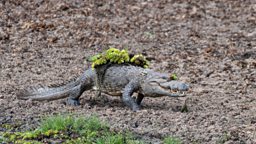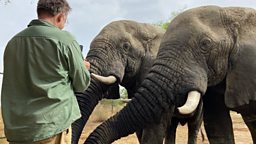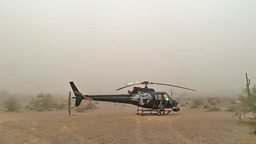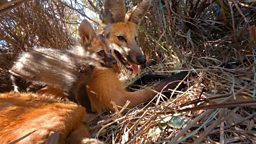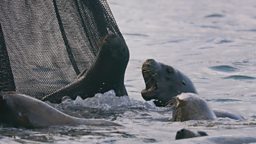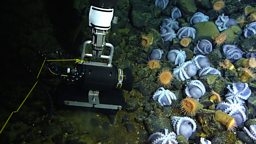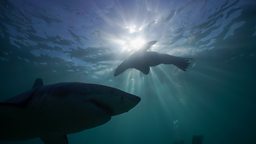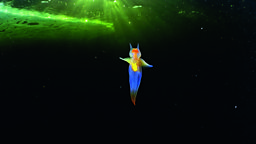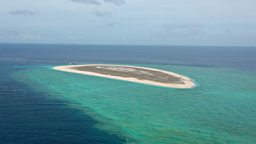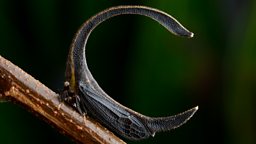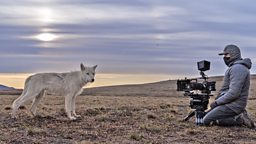Saving the Northern bald Ibis in a changing world
By Johannes Fritz, Director of Waldrapp Team, the Northern bald ibis reintroduction project
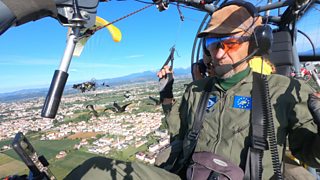
The Northern Bald Ibis have been a part of my life for more than twenty-five years. Since the late 1990s I have been at to bring these incredibly rare birds back to the wild after they went extinct in Europe 400 years ago.
As you see in the Planet Earth III: Heroes, we take newborn chicks from zoos and then ‘imprint’ them onto our foster mother. The chicks believe that these humans are their real mothers and want to follow them everywhere. We then teach them to migrate over the Alps as the young birds even follow their foster mothers when they are in microlights.
You see in the film that we fly with them from their summer feeding grounds in the fields of Austria all the way to a protected habitat in Italy.
I and also fly one of the microlights. After we have taught the wild ibis the route over the Alps to Italy, the birds know this route for life. They no longer need humans to show them the way. When they are adult birds, every spring they fly north to Austria. Every autumn they fly back down south, over the Alps, back to Italy.

How to be a foster mother for one of the rarest bird in the world
In Austria, Northern bald ibis chicks are raised by humans from the moment they hatch.
The 成人快手 crew filmed with us in the Autumn of 2021. However, since then there has been a remarkable twist in the ibis story.
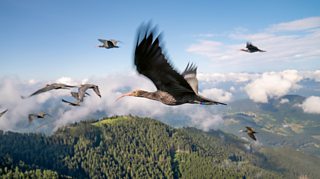
The reason is climate change.
The wild adult birds will not begin their migration south to Italy until they get the urge to leave. But with the shifting climate, that urge is getting later and later. Now they are not crossing the Alps until the start of November. And that is a big problem.
You can see in the Planet Earth 3 film that the ibis need areas of rapidly rising air called thermals to get them over the huge mountains of the Alps.
These thermals decrease in strength in autumn and early winter. By the time the birds cross the Alps in November, the thermals are just too weak.
The result is that adult birds become stuck in the cold Alpine valleys, unable to fly over them. Last year we found 55 of the ibis stuck in the icy valley bottoms. The ground is too hard for them to search for food, and it is too cold for them to survive the winter. We had to catch them and take them in boxes to the south side of the Alps to save their lives. Hardly a long-term strategy.

Northern bald ibis are taught how to migrate
In Austria, Northern bald ibis chicks are raised by humans from the moment they hatch.
We urgently needed a new plan. And in the summer of 2023 we put it into action for the first time.
With this rapidly changing world we must be constantly on our toes to help our rare and vulnerable wildlife
We taught the newly hatched young birds to be imprinted on their human mothers – just as in previous years. However, this autumn we led them on a new route that avoids the Alps. Instead of migrating to Italy, we flew them to the south of Spain to a new over-wintering habitat. It was a long way - 2319 kilometres - almost three times longer than the previous journey. It took us a mammoth 43 days.
But after this epic trip the ibis “class of 2023” are now the first generation of what we hope becomes a new migration tradition that will continue for many years to come.
In this rapidly changing world we must be constantly on our toes to help our rare and vulnerable wildlife.
For me, saving the Northern Bald Ibis is not just a job, but my life’s purpose.
